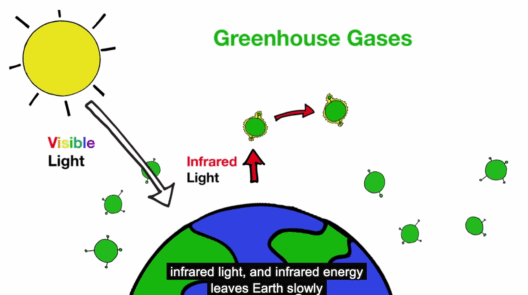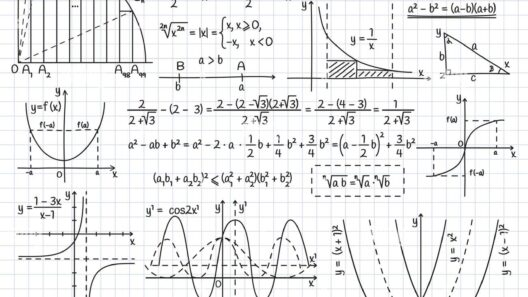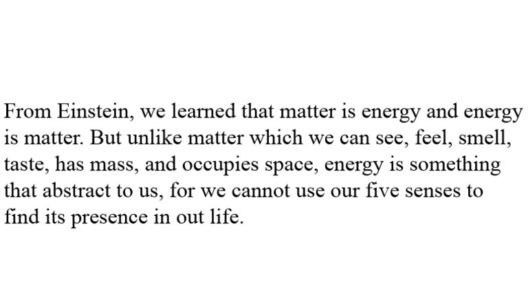When we ponder the ferocity of explosive collisions, a tantalizing question arises: Is energy truly conserved in these explosive events, or does it dissipate into the ether? As we delve deeper into the nuances of physics, we embark on a journey through the very fabric of energy transfer in such catastrophic encounters. In this exploration, we will dissect the principles of conservation of energy, examine the mechanics of explosive collisions, and highlight the implications of these phenomena in our world.
First, it is critical to establish a fundamental concept in physics: the Law of Conservation of Energy. This principle postulates that energy cannot be created or destroyed; it merely transforms from one form to another. Although this may seem straightforward, the application of this law becomes intricate when we encounter explosive collisions, where energy synthesizes into various forms rapidly and dramatically.
Let us consider an explosive collision such as a car crash or a meteorite impact. In these scenarios, kinetic energy is at the forefront. Kinetic energy, the energy of motion, is directly proportional to the mass of an object and the square of its velocity, as expressed in the equation KE = 1/2 mv². With significant momentum built-up before the impact, a gargantuan force is unleashed in an instant when two or more masses collide.
So, what happens to the energy during such collisions? Explosive collisions often result in the transformation of kinetic energy into other forms, including thermal energy, sound energy, and even mechanical deformation energy, which comes from the damage and changes inflicted on the colliding objects.
For example, during a car crash, the magnificent mass and speed of the vehicles convert kinetic energy into sound waves, heat generated from friction, and the crumpling of metal — a process that absorbs and redistributes energy. The debris scattered around the impact zone serves as a testament to the transformed energy, illustrating that while the total energy remains constant, its manifestations diverge significantly from its initial form. This deconstruction hints at a broader understanding: while the total energy in the system is conserved, the effective usable energy diminishes significantly due to transformation into less useful forms.
Moreover, let’s explore the concept of inelastic collisions, a category under explosive events where kinetic energy is not conserved. Unlike perfectly elastic collisions, where objects rebound without any energy loss, inelastic collisions embrace a degree of deformation and energy dissipation. The energy that was in the kinetic form before the impact is partly converted into internal energy via deformation, thermal energy due to heat from friction, and sound energy generated from the collision.
Imagine two vehicles crashing into each other; the wreckage is a vivid illustration of energy expenditure. The mangled structural components signify an immense amount of energy that was originally kinetic before dissipating in various forms. The sound of the collision, a sharp smash followed by an echo, underscores the transformation into acoustic energy. Such events exemplify the pragmatic challenge of energy conservation — it exists, but its efficacy and usefulness suffer from relentless entropy.
Transitioning toward the environmental implications of these collisions, consider manufacturing and transportation industries where explosive collisions are commonplace. These sectors employ countless vehicles, from trucks to airplanes, which often operate on principles that are deeply intertwined with energy conservation laws. The frequent occurrence of collisions not only showcases the importance of energy transfer but also propels the discussion on sustainability.
Improvements in automotive designs and construction practices aim to minimize energy loss during accidents. The advent of crumple zones and energy-absorbing materials mitigates the overall impact energy by redistributing it more intelligently, ultimately protecting occupants and preserving structural integrity. Such innovations present a dual opportunity: enhancing safety while exhibiting prudent energy management, reflecting enticing avenues for conservation and environmental responsibility.
This intriguing dance of collision and energy conservation presents a challenge to researchers and engineers. How can they utilize the lessons learned from explosive collisions to develop advanced systems that better harness and conservatively employ energy in our everyday experiences? Innovative practices arise, including regenerative braking systems in electric vehicles that recover kinetic energy, its clever reapplication showcasing a modern twist on energy conservation principles.
In the grand tapestry of nature, every explosive event whispers secrets about energy dynamics and conservation. It nudges us toward a nuanced understanding of underlying physics. Energy, though conserved, morphs, implying a compelling query: How can societies harness these transformations in favor of a sustainable future? Igniting dialogue in pursuit of novel solutions is imperative. The challenge remains not merely in understanding energy conservation during explosive collisions but leveraging that understanding toward environmental stewardship.
As we dissect the essence of energy in explosive collisions, we unveil complexities that extend beyond mere physics into the realm of engineering, safety, and environmental sustainability. Each explosion serves as a reminder of the intricate play of energy forms and the essential quest for conservation, prompting ongoing inquiries into improving our societal framework around energy mechanics. Through thoughtful innovation and education, we can turn these impactful truths into a brighter, sustainable future.








